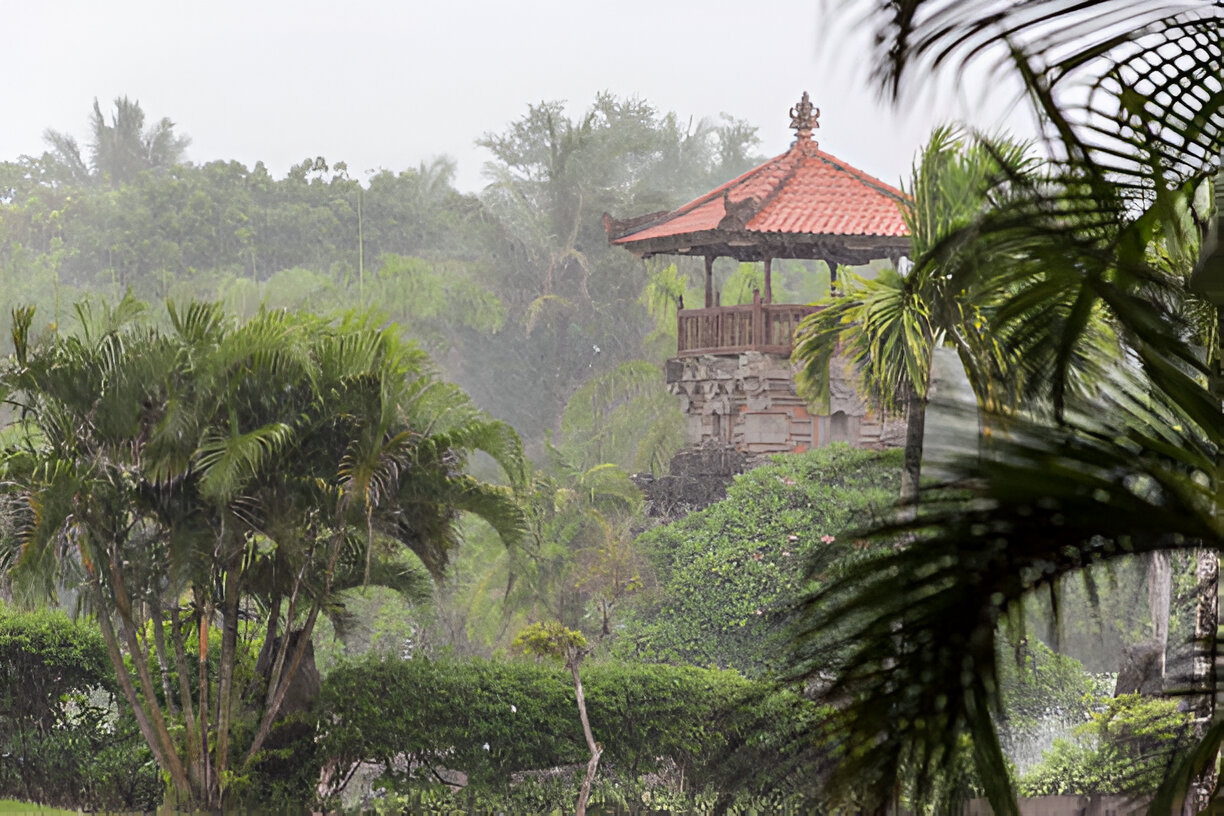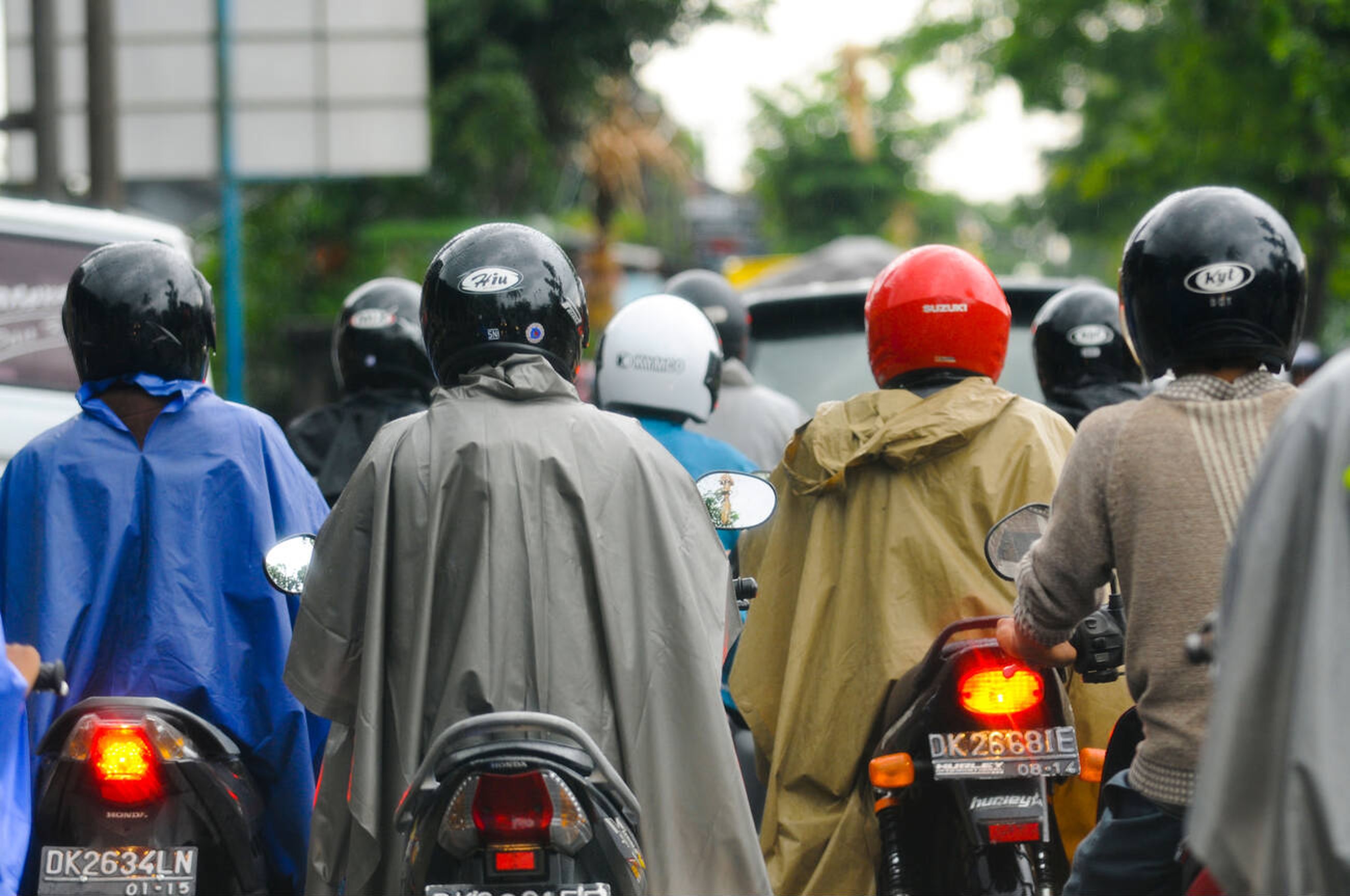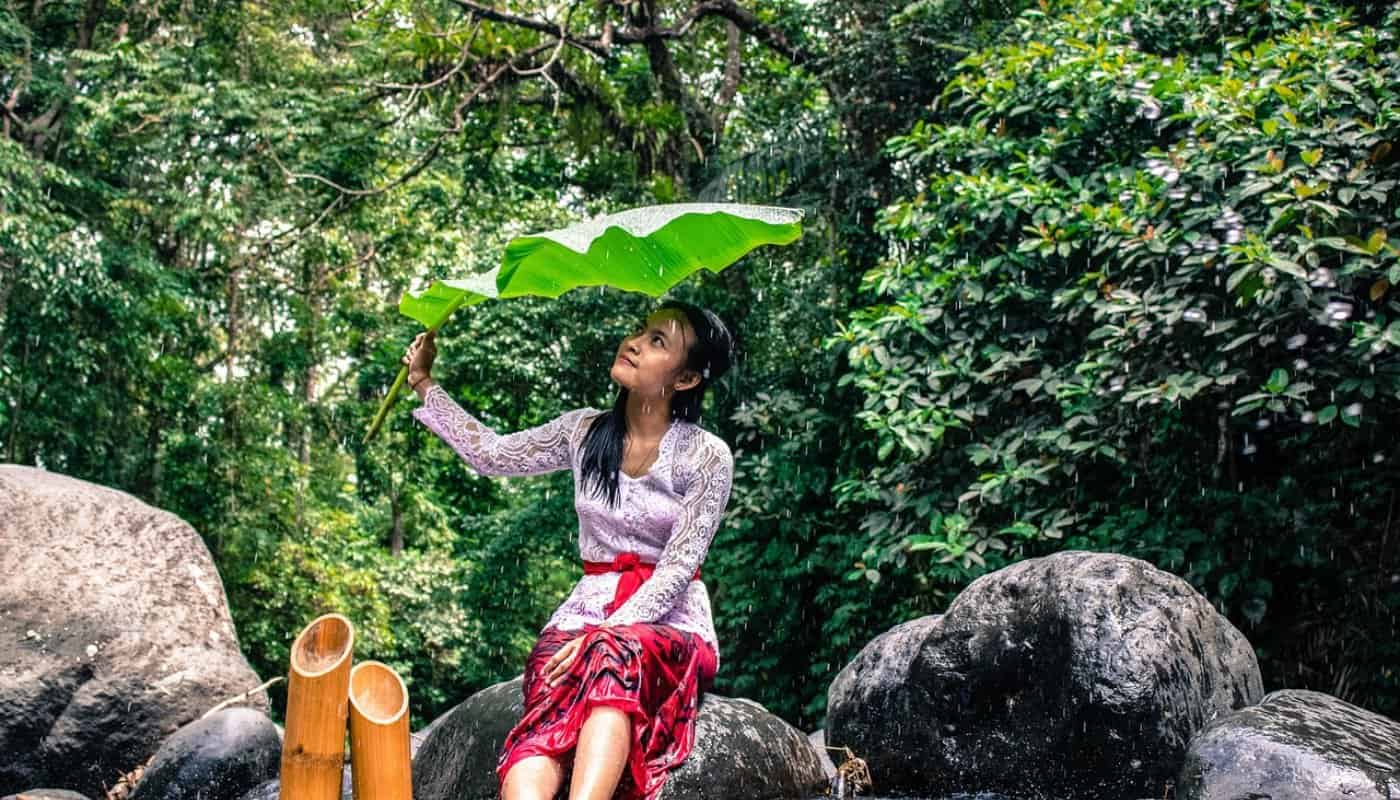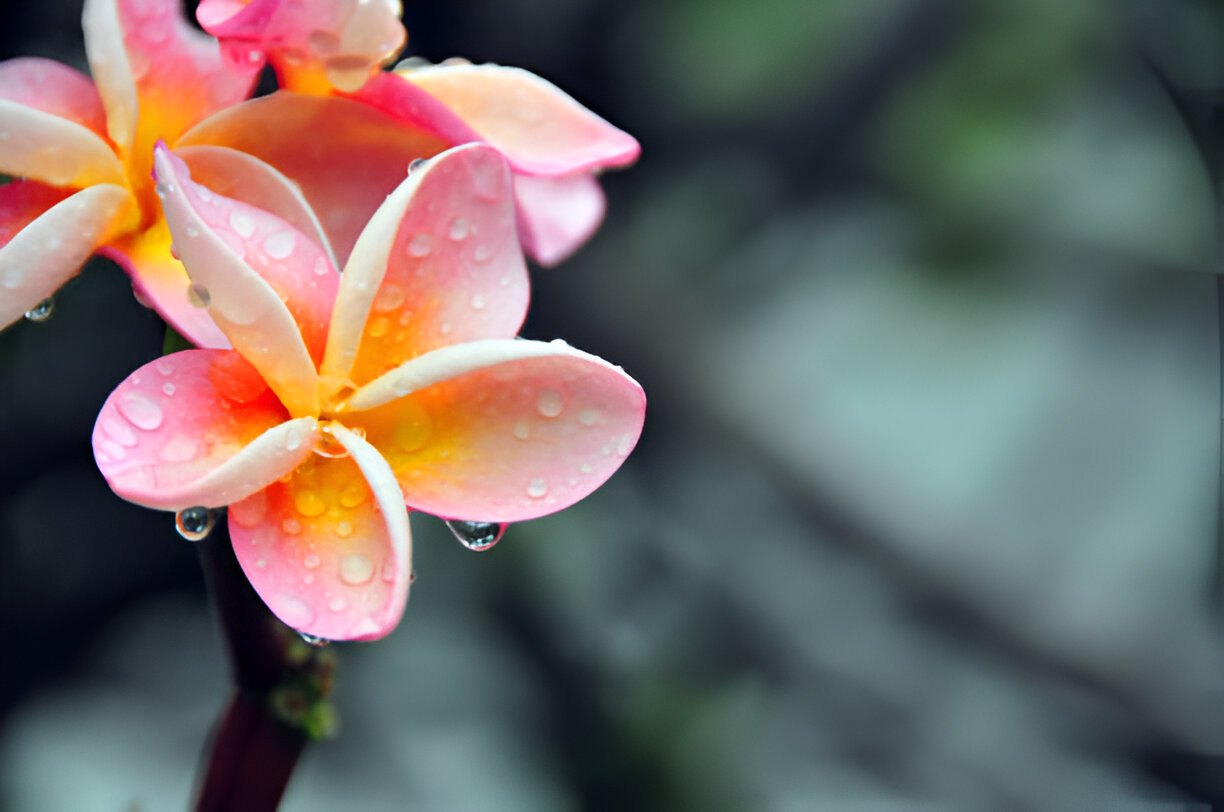Known for its tropical climate, Bali brings two distinct seasons each year: the wet season, lasting from November to April, and the dry season, from May to October. While many travelers prefer the dry months, the rainy season can also be an excellent time to visit, offering its own unique benefits. To prepare you for the upcoming year-end holiday, here's what you need to know about experiencing Bali during its rainy season, including what to expect, what to pack, and the best activities to enjoy.
Visiting Bali During the Rainy Season: A Comprehensive Guide

Weather Conditions During Bali’s Wet Season
Bali's wet season, also known as the rainy or monsoon season, generally spans from November to April. During these months, the island experiences increased rainfall, high humidity, and occasional thunderstorms. Temperatures range between 27°C and 33°C, and the humidity can stay above 80%, making the air feel warmer. While January usually sees the most rain, with up to 350 mm, there are still plenty of sunny spells throughout these months, making it possible to enjoy a range of activities.
Why Consider Visiting Bali in the Rainy Season?
Visiting Bali during the wet season has its own unique appeal. The island’s scenery becomes more vibrant and lush, particularly in the rice terraces and waterfalls. The atmosphere is quieter and more relaxed, with fewer tourists around. Plus, accommodations, flights, and many activities are often discounted, making it an ideal time for a more budget-friendly trip.
What to Do in Bali During the Rainy Season
Even though it rains more frequently, there are still plenty of ways to enjoy Bali during the wet months:
Relax at a Spa or Wellness Center: Bali is famous for its spa and wellness services. The soothing sound of rain can enhance the tranquility of massages, yoga classes, and meditation sessions, providing a unique relaxation experience.

Explore Bali’s Temples: The rain often adds a mystical feel to Bali’s iconic temples. Whether you visit Uluwatu, Tanah Lot, or other sacred sites, you’ll find the experience even more enchanting in the rain.
Join Cultural Workshops: Participate in cooking classes, traditional Balinese dance lessons, or craft workshops. These indoor activities offer a fantastic way to learn more about Balinese culture and traditions.
Visit Museums and Art Galleries: Bali has a rich cultural heritage, and its many museums, art galleries, and cultural centers are perfect for rainy days.
Enjoy the Natural Beauty: The wet season brings out the lushness of Bali’s natural landscapes. Take advantage of breaks in the rain to visit the island's stunning waterfalls, rice fields, and rainforests.
Celebrate the Holidays: If you visit around Christmas or New Year, you can enjoy Bali's festive celebrations, particularly at beach clubs and resorts in Seminyak and Canggu. Make sure to book early, as these events are popular.

Packing Tips for Bali’s Rainy Season
To make the most of your trip, pack clothing suitable for a tropical climate with frequent rain. Choose breathable fabrics like cotton or linen, and bring a lightweight rain jacket for unexpected showers. Comfortable shoes with good grip are ideal for navigating wet streets, and long sleeves or pants will help protect against mosquitoes in the evenings.
Benefits and Challenges of Visiting Bali During the Rainy Season
Visiting Bali during the rainy season has its unique perks and drawbacks. On the plus side, the rain brings out the island’s lush greenery, making the natural landscapes even more vibrant and refreshing. Travelers can also enjoy fewer crowds, allowing for a more peaceful experience at popular sites. Additionally, accommodation and flight prices are generally lower, making it a more budget-friendly time to visit.

However, the rainy season comes with its own set of challenges. Heavy rain can cause sudden weather disruptions, limiting outdoor activities like trekking, diving, or sightseeing. Flash floods are also a concern in some areas, especially after intense downpours, which can make certain roads impassable and potentially dangerous. It's crucial to be aware that severe flooding can occur in specific parts of Bali, so always be prepared for sudden changes in weather and have a flexible itinerary.
For those willing to navigate these challenges, Bali in the rainy season can offer a unique and serene experience, with a chance to see the island in a different light.

Practical Tips for Rainy Season Travel in Bali
Be Flexible with Your Plans: Keep an eye on weather forecasts and be prepared to adjust your itinerary based on the conditions.
Book Ahead for Peak Holidays: If you plan to visit during the festive season, book accommodations and activities well in advance to avoid price hikes and limited availability.
Stay Hydrated and Cool: High humidity can be draining, so make sure to drink plenty of water and take breaks to cool off.
Focus on Indoor and Cultural Experiences: Use rainy days to explore Bali’s indoor attractions, from wellness retreats to cultural workshops and museums mentioned above.

Bali during the rainy season offers a different, often more peaceful experience compared to the dry months. With its lush landscapes, cultural richness, and fewer crowds, it’s a great time to explore the island in a more relaxed and budget-friendly way. So, don’t let the rain deter you; embrace it, and discover a new side of Bali.




 Billy Bagus
Billy Bagus
 Sep 18, 2024
Sep 18, 2024






